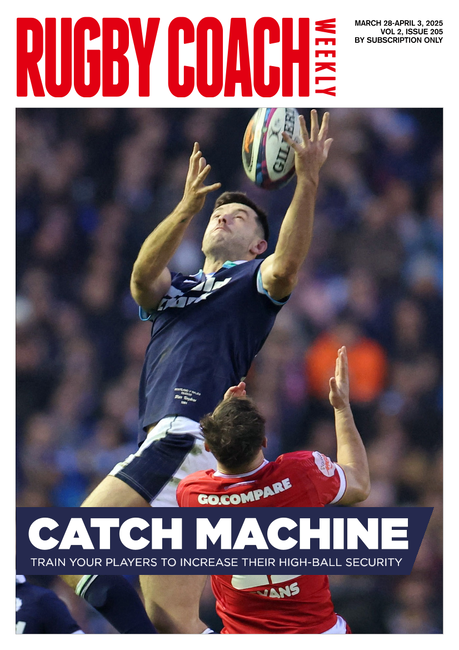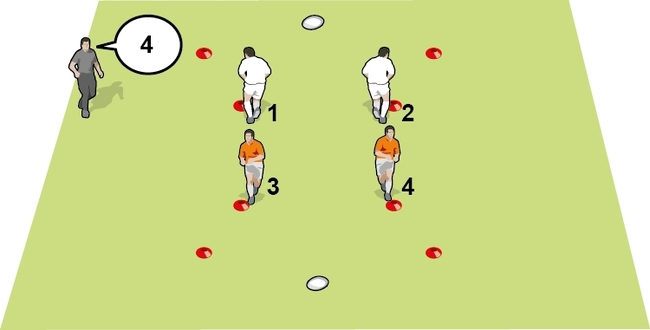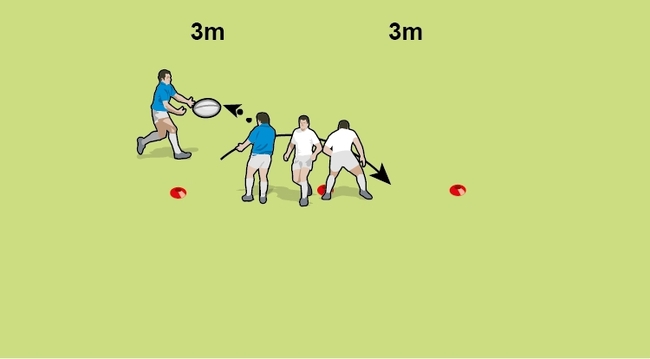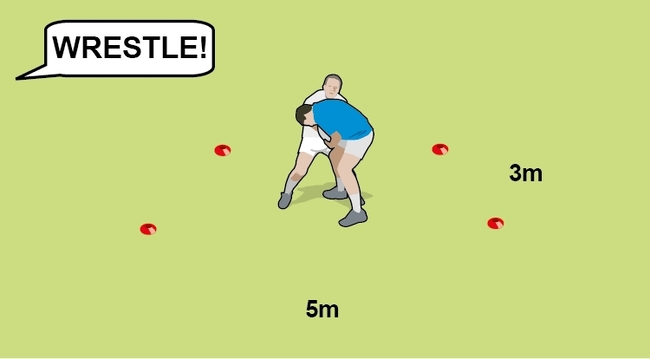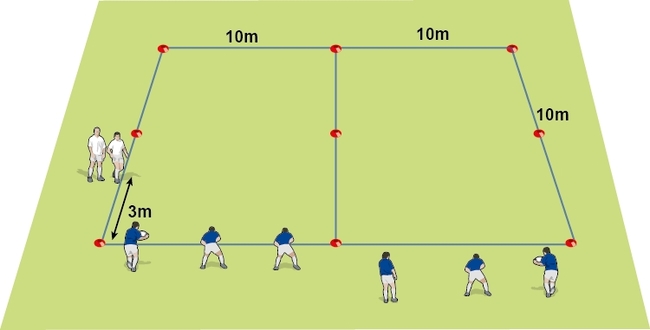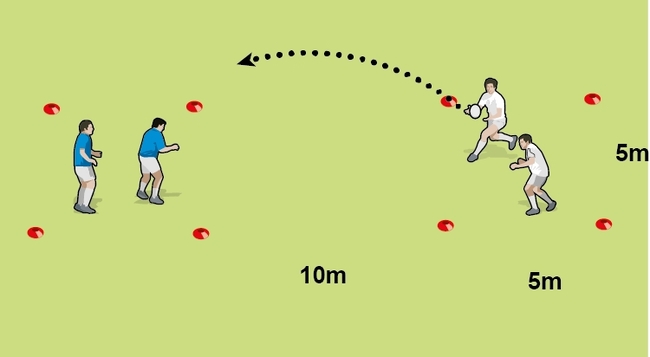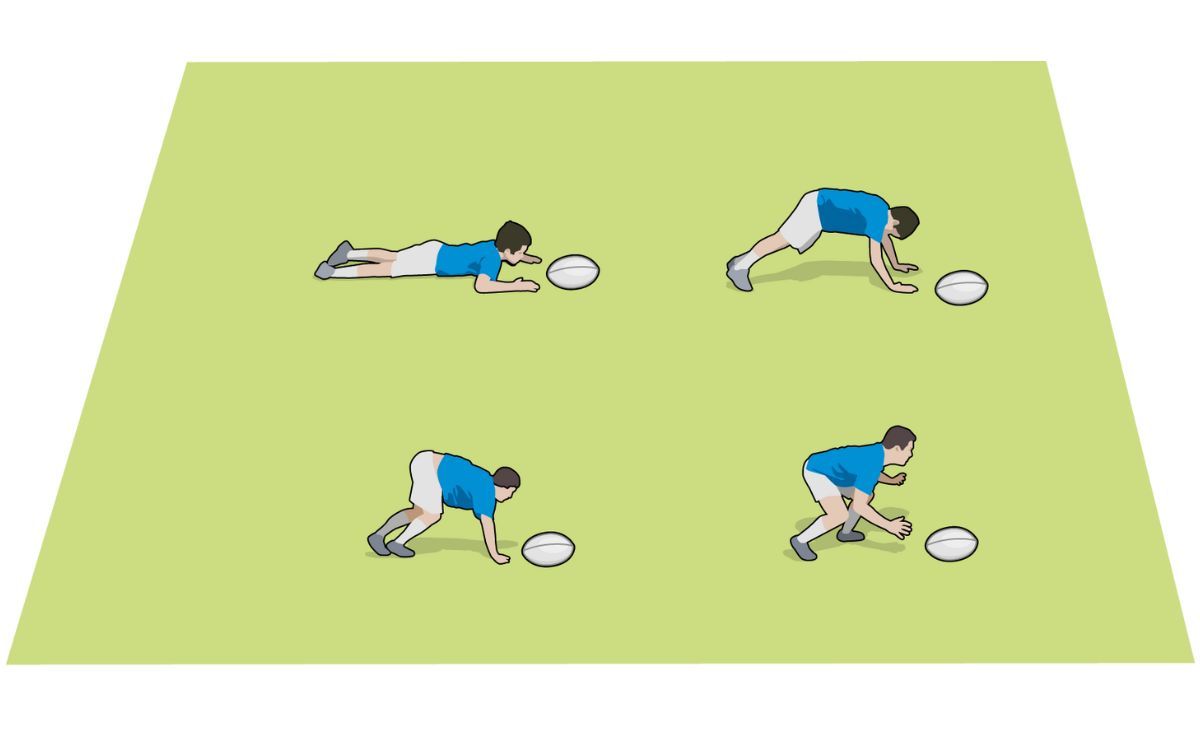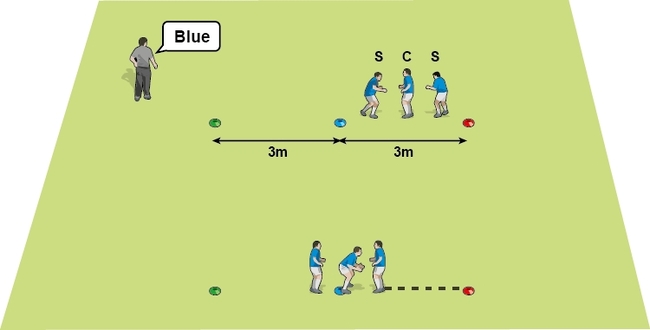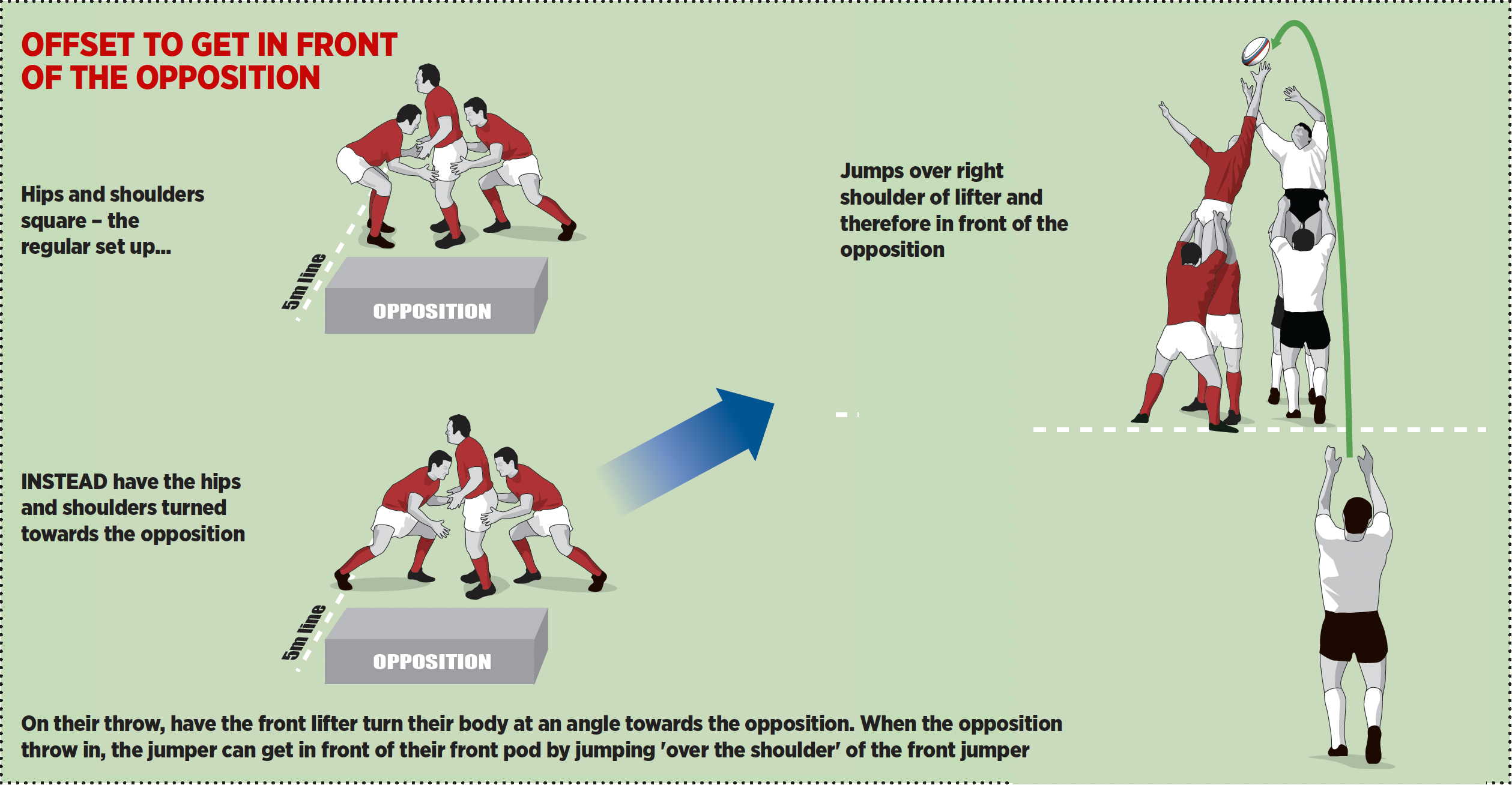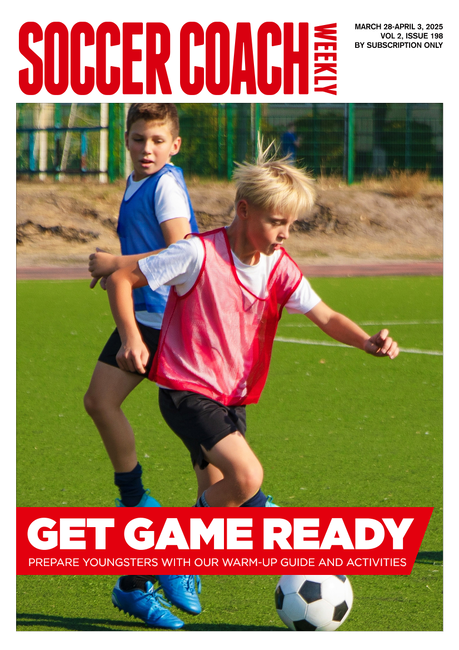Catch and drive securely in just three weeks

Lineouts are a powerful attacking weapon, especially if you can set your maul well. Done well and you could be rolling in to score from outside the 22m. Here’s a plan to get yourself set in just three weeks.
You won’t be starting from scratch when it comes to perfecting maul skills but simply building on what players already know.
Most mauls start from a lineout – this is also known as a catch and drive and Rock Solid Catch and Drive explains and demonstrates this.
You can start a maul elsewhere but a good drive needs at least four players to give it structure and balance. This is best started where all the forwards are close together and on their feet. It is not hard to do, just hard to perfect. Follow my three-week guide to perfecting maul skills and watch those tries pile up.
Week 1: Bind and drive
Get your players used to driving as a group. What are the best body positions for this? Your front rowers will give you the best answer! Practise working in groups of three against two defenders, where the ball carrier binds onto the back of two players who are driving forward.
Add and subtract players. They will soon learn where to bind to get the most shove and stop opposition players from sliding through to grab the ball.
Week 2: Drive and roll
Now the players are used to binding, put them against a defence that initially stops them and forces the maul to shift to progress.
Set up a 5v3 in a 20m long x 7m wide channel. Every time the maul is stopped, the ball carrier moves left or right with a player bound onto them to “roll” the maul to a different point of contact. The other players bind onto the new structure. As ever, communication between the players is key.
Week 3: Set to drive
In your lineout session, set up the best wedge of players to take the ball forward (using “catch and drive” in Rock Solid Catch and Drive and skills already practised. Ian Diddams then shows you how to maul like a lion.
Know your maul Laws
The two most important lineout maul Laws to remember in attack are:
1. Don’t get in front of the ball carrier before you make contact with the opposition.
2. Law 17.6 (e): When a maul has stopped moving forward it may start moving forward again providing it does so within 5 seconds. If the maul stops moving forward a second time and if the ball is being moved and the referee can see it, a reasonable time is allowed for the ball to emerge. If it does not emerge within a reasonable time, a scrum is ordered to the team not in possession.
Newsletter Sign Up
Coaches Testimonials
Subscribe Today
Be a more effective, more successful rugby coach
In a recent survey 89% of subscribers said Rugby Coach Weekly makes them more confident, 91% said Rugby Coach Weekly makes them a more effective coach and 93% said Rugby Coach Weekly makes them more inspired.
Get Weekly Inspiration
All the latest techniques and approaches
Rugby Coach Weekly offers proven and easy to use rugby drills, coaching sessions, practice plans, small-sided games, warm-ups, training tips and advice.
We've been at the cutting edge of rugby coaching since we launched in 2005, creating resources for the grassroots youth coach, following best practice from around the world and insights from the professional game.


